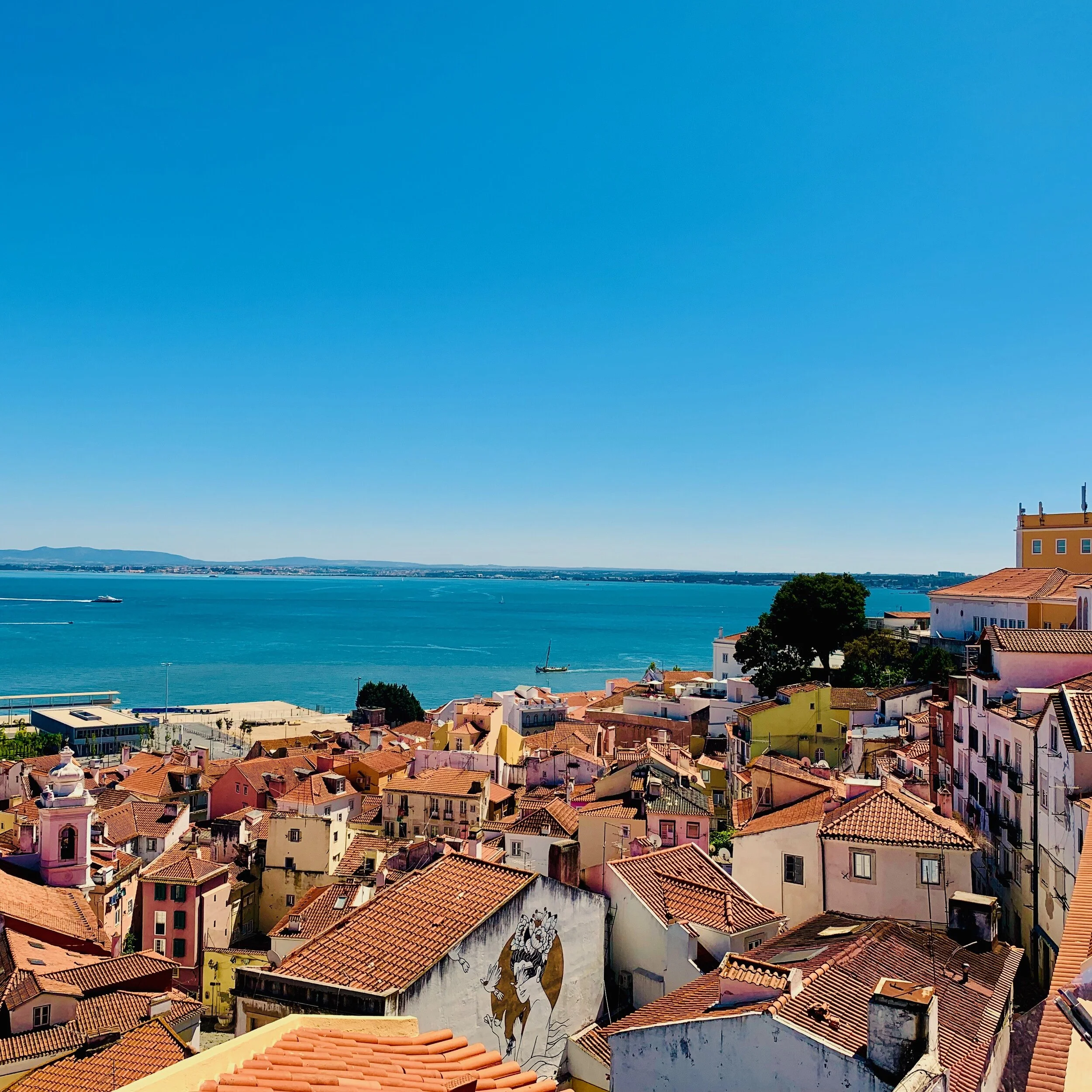Natural disasters test the seams of our cities and health systems. During hurricanes like Sandy, Harvey and Maria, community infrastructure buckled under the pressure of torrential rain, gusting winds and prevention measures designed for a bygone era.
When we see areas of the country devastated by a natural disaster, we often blame nature. But the storm is only half the story. While we tend to think of a natural disaster as a single event, a disaster’s worst effects often emerge weeks, months or even years after the initial emergency, as the devastation is amplified by an already flawed environment. Disasters happen when cities are unprepared for the stress an event like a hurricane can cause. They happen when cities are not designed with resilience in mind.
To withstand disasters, then, we must first build more resilient cities. This requires a multi-tiered approach. First, we must consider the city as a whole and the foundational role urban planning, design and community dynamics play in creating health in metropolitan areas. Next, we must design specific buildings so that they maximize personal well-being.
With hurricane season well underway, now is the time to rethink how we approach disaster preparedness. Here are three ideas to consider.
Read full article at Scientific American.
